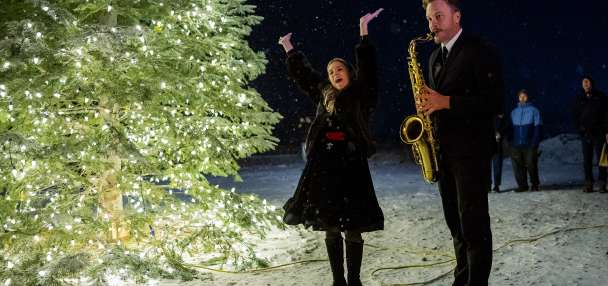Estimated read time: 1-2 minutes
- Utah aims to reduce pedestrian fatalities by installing undermast lights at intersections.
- The agency plans to prioritize low-lit and high-incident locations over the next five years.
SALT LAKE CITY — Dozens of people die every year from being struck by vehicles on Utah's roadways.
Nine auto-pedestrian fatalities have already been reported this year, but the state has averaged 43 fatalities annually since 2019, according to the Utah Department of Transportation. That doesn't include the countless other nonfatal incidents, which can leave people seriously injured.
The agency is now exploring a possible solution that it believes could reduce the number of auto-pedestrian incidents, especially at night.
UDOT has started a process to install a lighting attachment near traffic signals. Crews have now added about 150 undermast lights in recent weeks, which can be found all over the state.
Each light, which costs about $315 a piece, aims to help drivers see people in crosswalks at otherwise dimly lit intersections, according to Dave Townsend, traffic signal supervisor for UDOT's Region 1.
"It's much safer for the pedestrians," he said. "Now, we're able to illuminate the area they're standing in, and drivers can see them and make the adjustments as necessary."
Townsend estimates that about one-third of these types of lights can be found across northern Utah at the moment, but crews have also added lights around the St. George area in recent weeks.
He explained the agency plans to add undermast lighting at any given state-owned intersection with traffic signals, especially in areas with "overhead utility conflicts" that make it difficult or impossible to install overhead lights.
His region has already identified close to 100 locations across Davis County that will soon receive the new lighting fixture.
UDOT officials add that additional work is expected to be carried out over the next five years. They note the agency is prioritizing intersections by using various datasets, including areas with no overhead lighting or that have had abnormally high auto-pedestrian incidents over the past five years.










